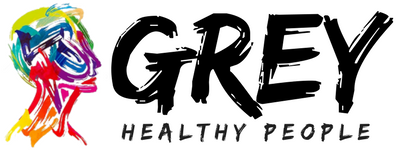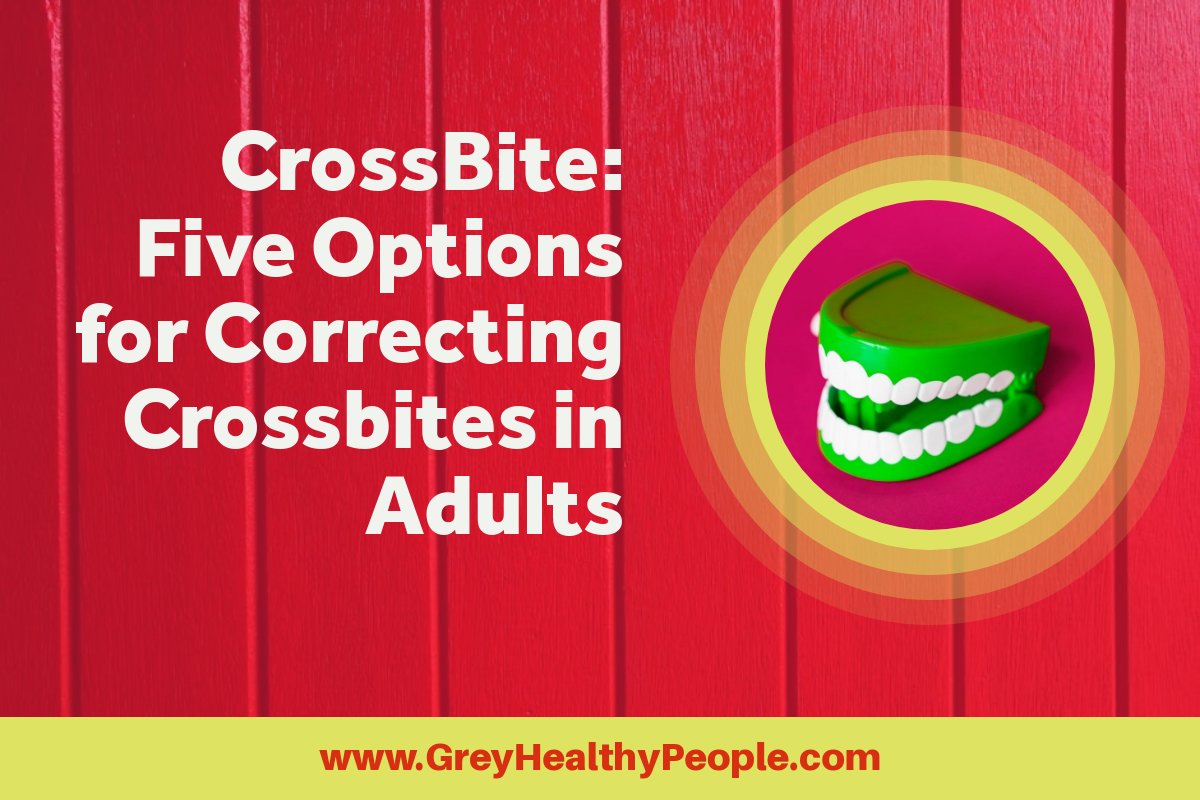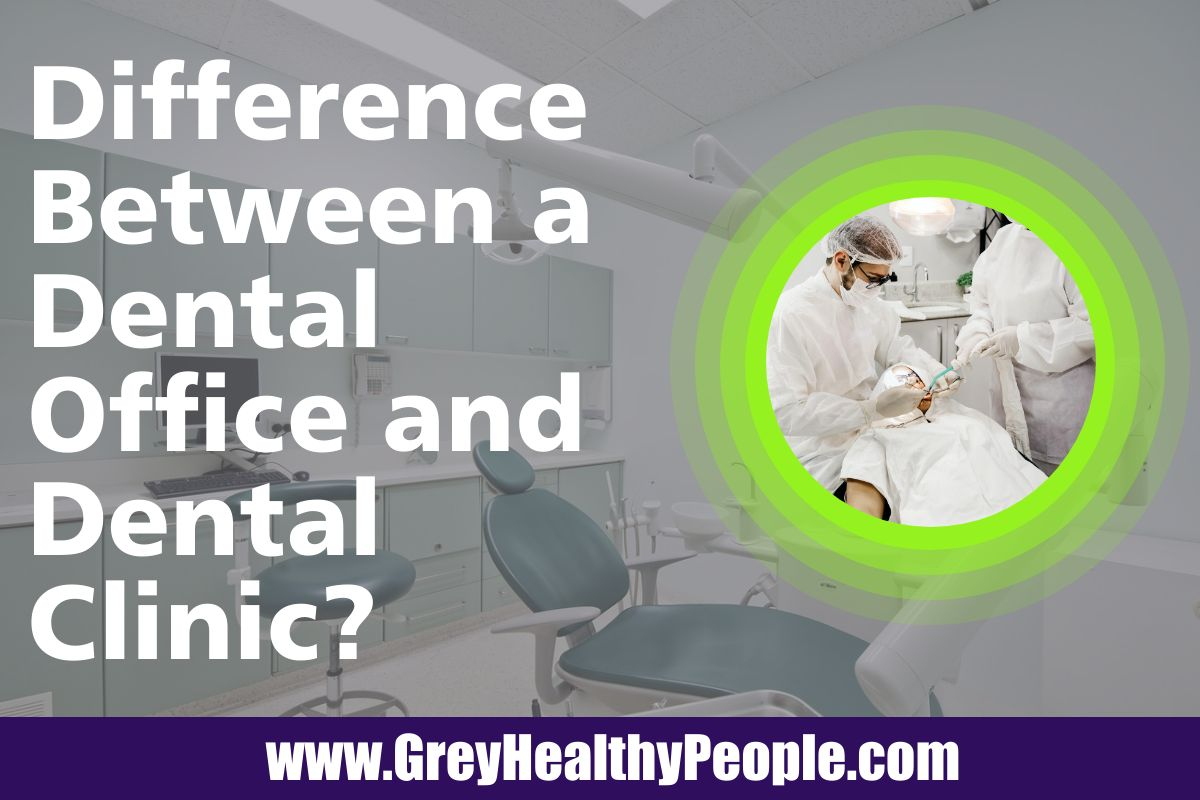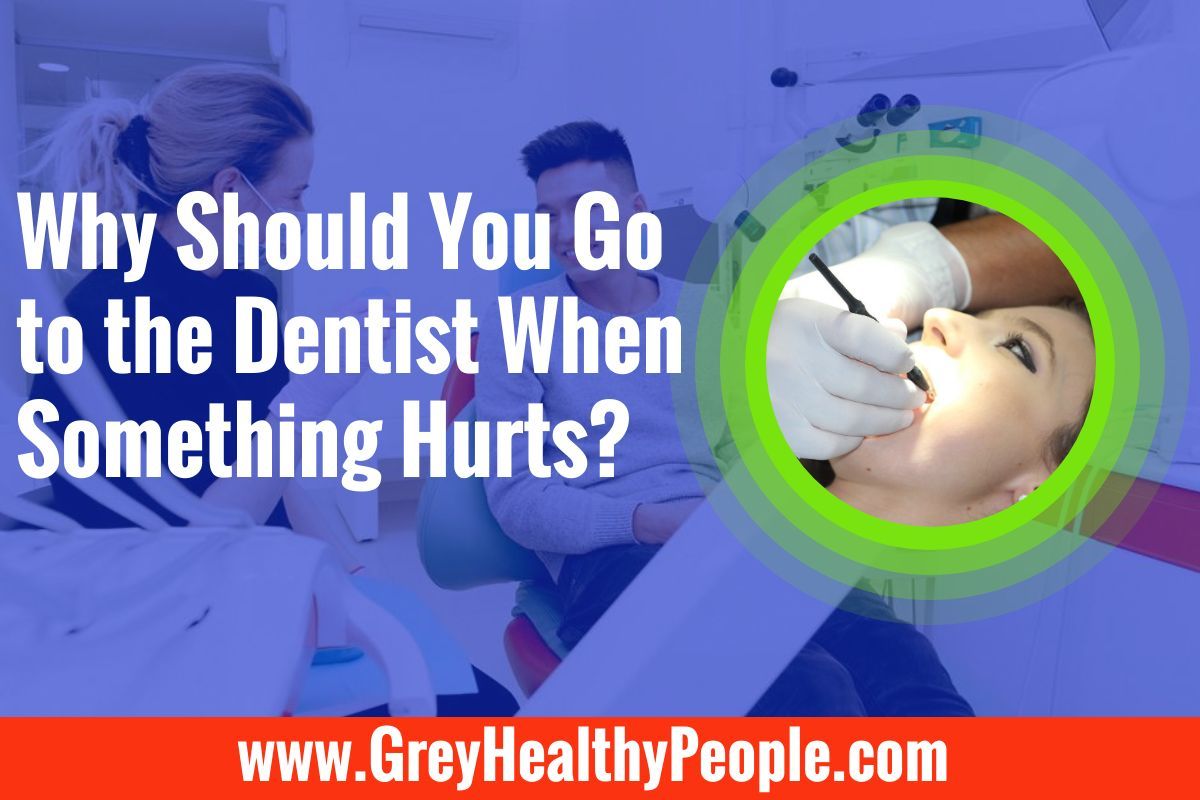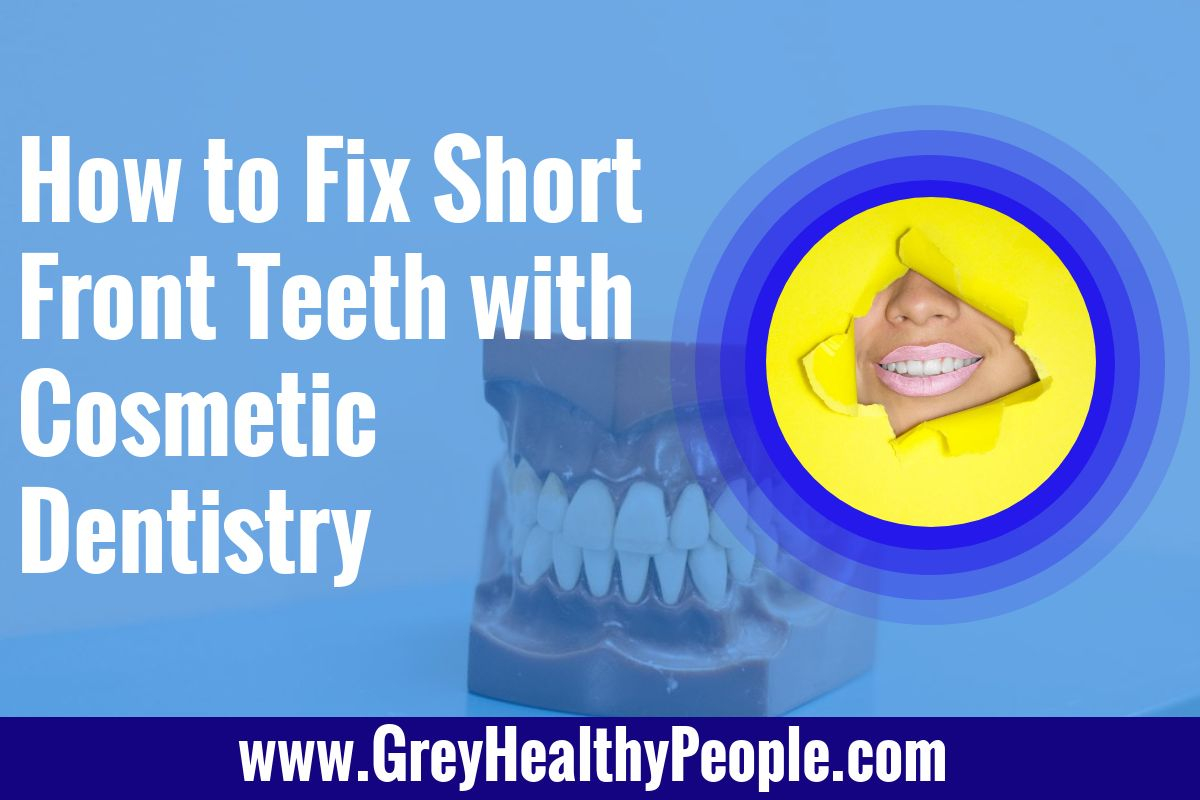“Show your teeth!”
“Smile!”
“Stop pursing your lips together!”
You may have heard this throughout your lifetime because of one dental situation: a crossbite.
What are Crossbites?
You are not alone. A lot of people also have this dental dilemma where there is misalignment of one or more teeth.
Crossbites are a kind of malocclusion where your teeth, or just a tooth, are either placed in front or behind the other. An anterior crossbite is when the front upper teeth are placed behind the lower teeth when you bite. On the other hand, a posterior crossbite happens when the lower teeth at the back are placed behind the lower teeth.
Understanding The Crossbite in Adults
In the above video, an expert dentist explaining about the Crossbites procedure in details with the help of crossbites video and pictures.
Causes of Crossbites
Crossbites can be caused by several factors:
● Abnormal and /or Delayed Eruption of a Tooth
The appearance of a baby’s first set of teeth usually occurs from six months onwards. Typically, young children will have their complete set of primary teeth by the age of three.
However, when a child’s tooth eruption does not follow the normal pattern or typical schedule, it can cause dental problems later in life.
● Heredity
Some genetic abnormalities can also cause poor teeth formation. Several studies exploring the genetic connection to facial skeletal characteristics and orthodontics are being intensively investigated to clearly determine the genetic basis for malocclusion.
● Breathing Through the Mouth
There are times when people, especially children, breathe through their mouths. This is due to a number of reasons including enlarged tonsils.
Breathing through the nose allows the tongue to naturally assist the lateral growth of the jaw and this doesn’t happen when kids breathe through their mouths. Breathing through the mouth causes the tongue to move away from the palate (it usually rests on the upper palate when breathing through the nose).
● Sucking of the Thumb
You often hear parents admonishing their child when they catch them thumb sucking. This is because when a kid sucks his/her thumb, the palate width is made smaller and deforms the upper bone of the palate that leads to its deforming impact on the teeth.
Earlier Detection is Always Better
A person may not even be aware of this type of malocclusion but if ignored, it can lead to health problems. That is why early detection is key so you can have it corrected by an experienced orthodontist.
Ideally, crossbites can be better fixed when you are younger since children’s mouth and jaws are still growing. This makes kids more responsive to orthodontic treatment and can prevent further misalignment.
Timely intervention is crucial when you are saddled with crossbite woes. If left undetected or untreated, it can lead to the following:
- Chewing or speaking problems
- Uneven jaw development
- Painful pressure on the jaw and neck
- Headaches
- Muscle pain
- Dental decay
- Teeth grinding
- Gum disease
- Self-esteem issues and inferiority complex
While not every person who has a crossbite will experience all of the above listed effects, any one of those consequences can still cause discomfort and worse, pain.
If you have already crossed the threshold to adulthood and have only noticed your own crossbite situation, you don’t have to fret. There are ways to still address the matter and help you achieve your goal of flashing your pearly whites.
Here are some corrective methods that you can discuss with your dentist and can help you restore your teeth to how they should be:
1. Braces
Orthodontic braces can help straighten the teeth. They can also aid in fixing the upper and lower teeth so they will align properly.
Depending on the severity of the malocclusion, different types of braces may be used. Some crossbites primarily caused by misalignment of the teeth can possibly benefit from invisible aligning tools while more complex crossbites might require a combination of traditional wire braces and aligners.
2. Headgear or Face Masks
Worn on the head and face and attached to the teeth with wires, a headgear can also be a corrective tool for a crossbite problem. The pressure from the headgear causes either the increase or decrease of the rate of jaw development over time, thus helping the teeth to be aligned correctly.
Devices like facemasks are removable. However, for you to achieve the desired results, you must be diligent in wearing them for the prescribed amount of time.
3. Palatal Expanders
Skilled orthodontists may have to attach fixed expanders to your upper molars if your crossbite condition calls for it.
You can gradually and gently widen this expander daily to its prescribed width by using a special key. This can last from a few weeks to a month as long as the desired result of broadening your jaw is achieved.
When your jaw is capable of properly fitting your lower teeth inside the teeth of your upper arch, then you will finally have the correct bite. Once this expansion has reached completion, the expander will still remain in place in order to stabilize the teeth and bones in their new position.
Removable expanders are also available for those with minor malocclusions that cause crossbites. These expanders can be worn during nighttime to achieve the width needed to restore the correct bite.
4. Restorative Dentistry
A misaligned bite can be improved through other restorative means like bonding, capping, and reshaping.
5. Surgery
Severe cases of crossbite may require a surgical procedure. When the adult jaw has stopped growing, orthodontists usually suggest surgery for crossbites that are beyond the power of orthodontic appliances.
It will involve breaking the upper jaw into sections and even having to move it backward. The lower jaw may also have to be moved forward so the bite will be aligned. After the surgery, a custom-made device such as a crossbite brace may need to be worn to complement the surgery.
Smile Brightly
Proper oral hygiene and regular dental check-ups can help you monitor and maintain healthy teeth and gums.
For malocclusion problems such as a crossbite, you would do well to have it checked and corrected by a skilled orthodontist so you won’t have to suffer the consequences for long. While causes differ, you can certainly consult with your local friendly dentist and ask about how you can get out from the binds of a crossbite.
When you have finally discussed your condition and have been made aware of the corrective choices such as the ones mentioned above, you can make your choice and smile your way to perfectly aligned teeth.
AUTHOR BIO
Dr. Yvette Porter is the founding dentist at Apple Dental in Newstead, Brisbane, which she started over 11 years ago, and continues to own and practice there today. She works with a team of female dentists who aim to provide gentle, and affordable dental care to patients in Brisbane. Dr. Porter is a member of the Australian Dental Association and is passionate about family, and children’s dentistry, hoping to make their dental experience truly pleasant.
